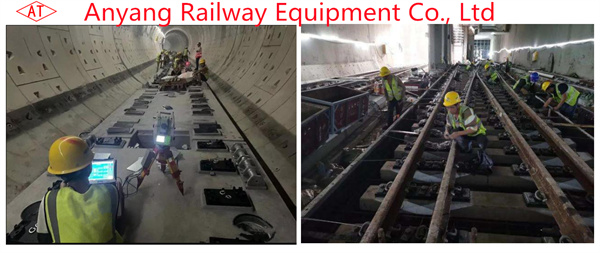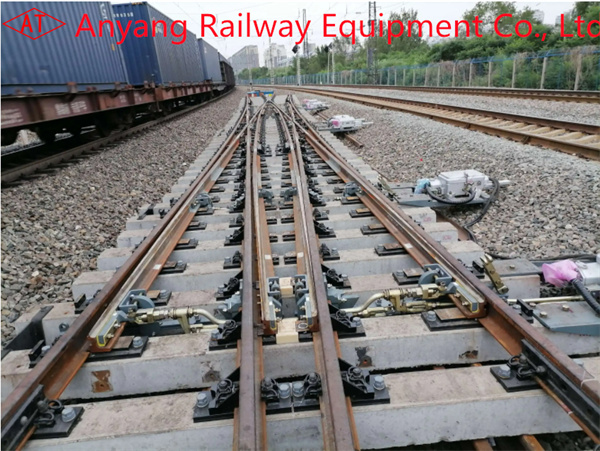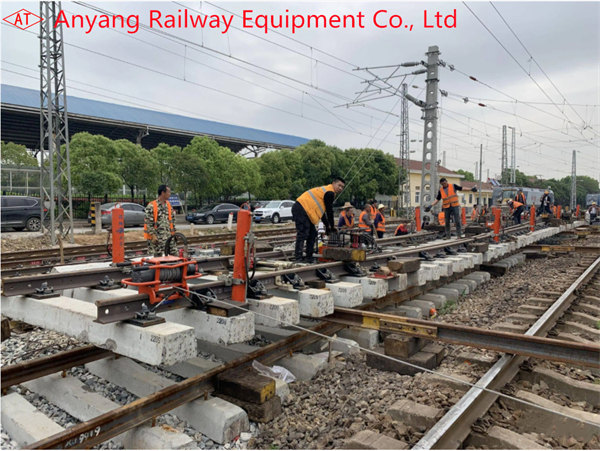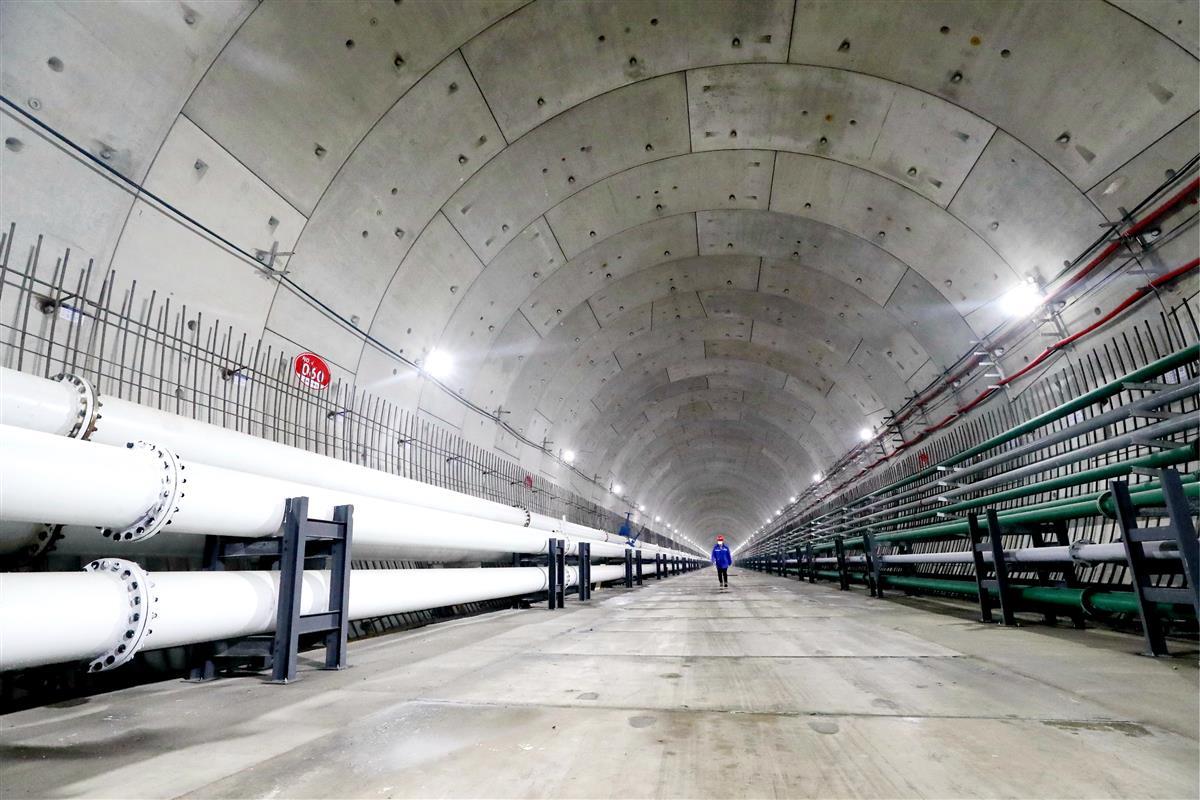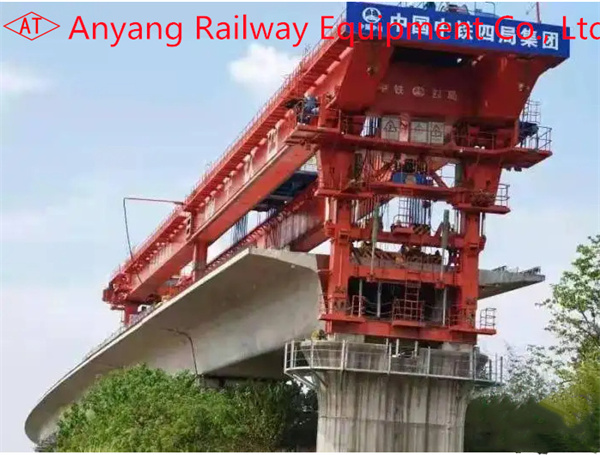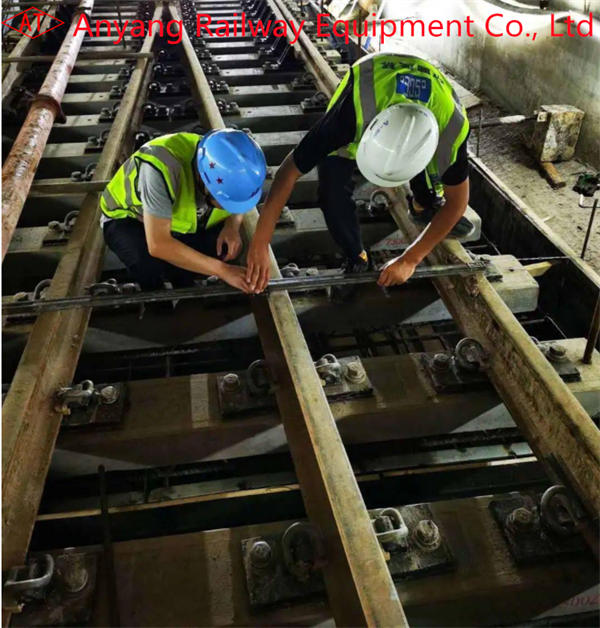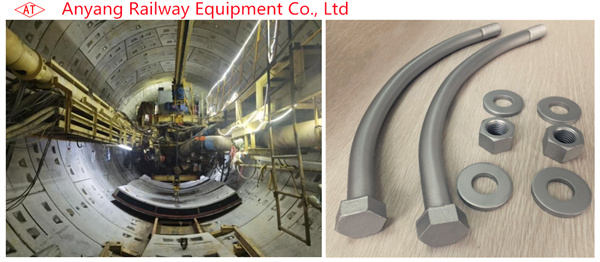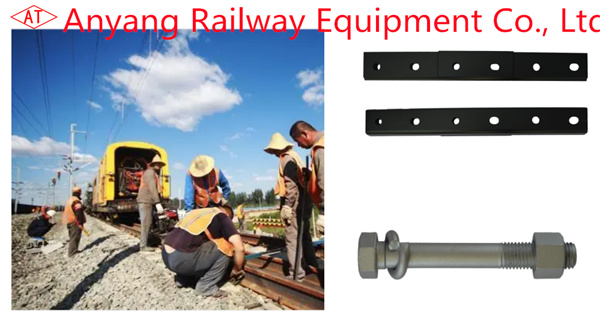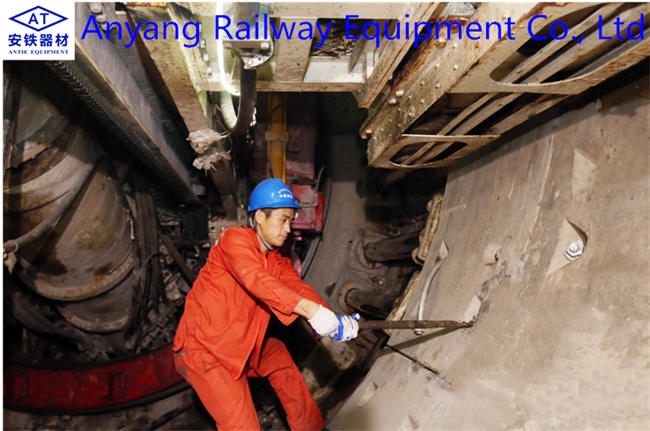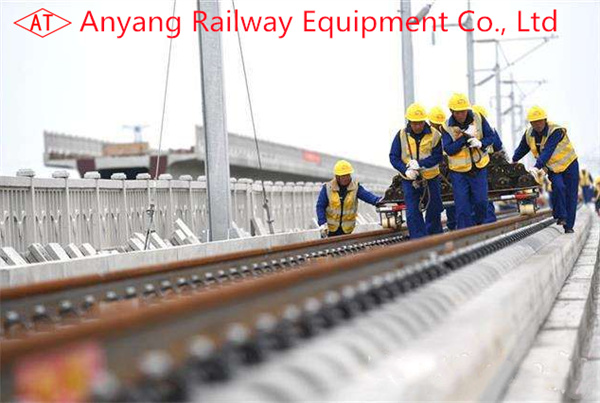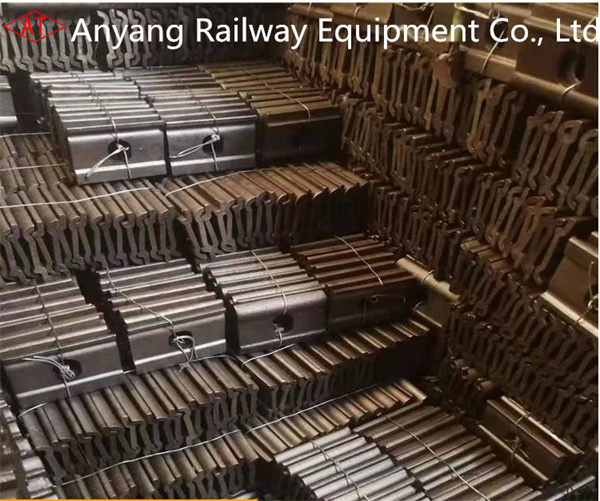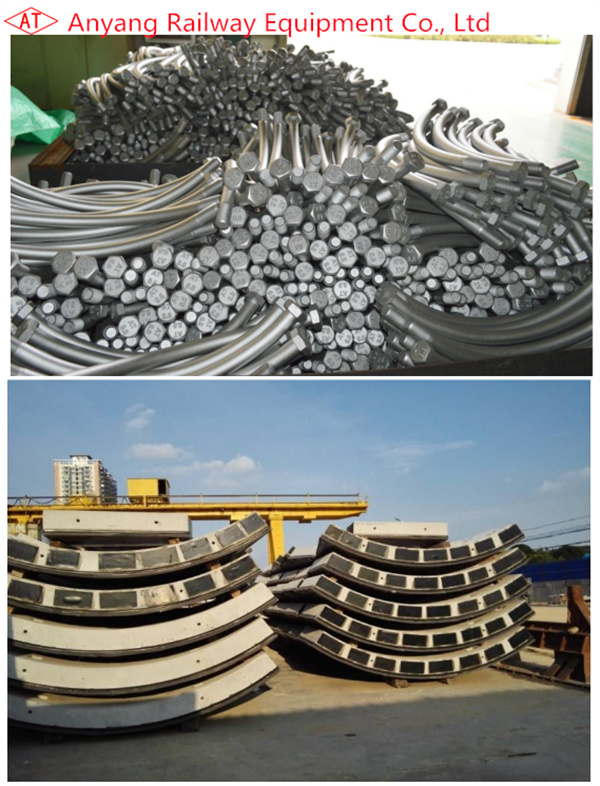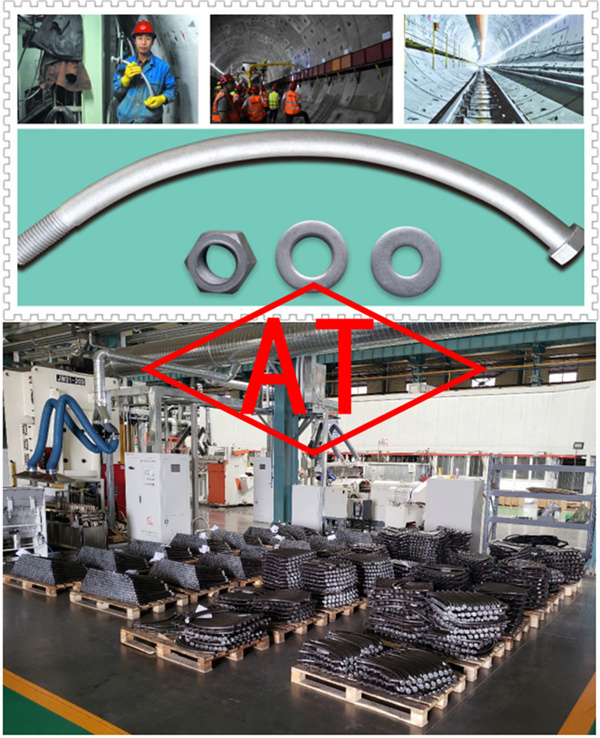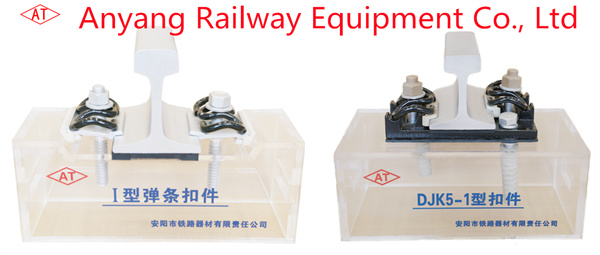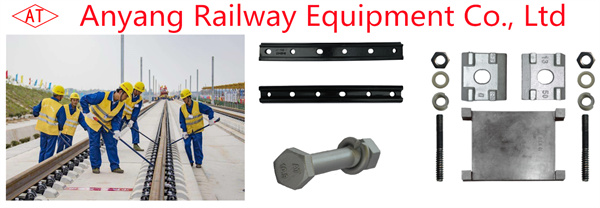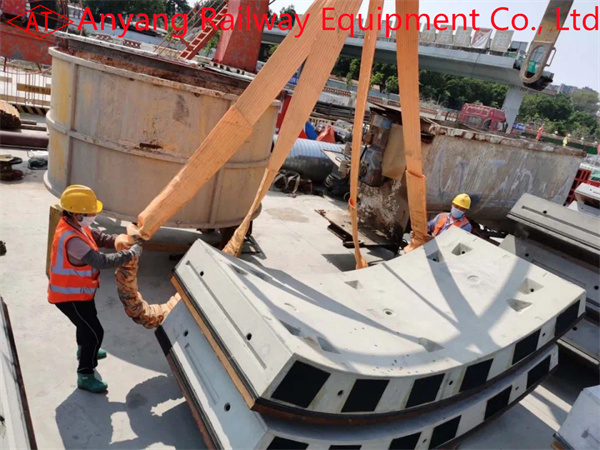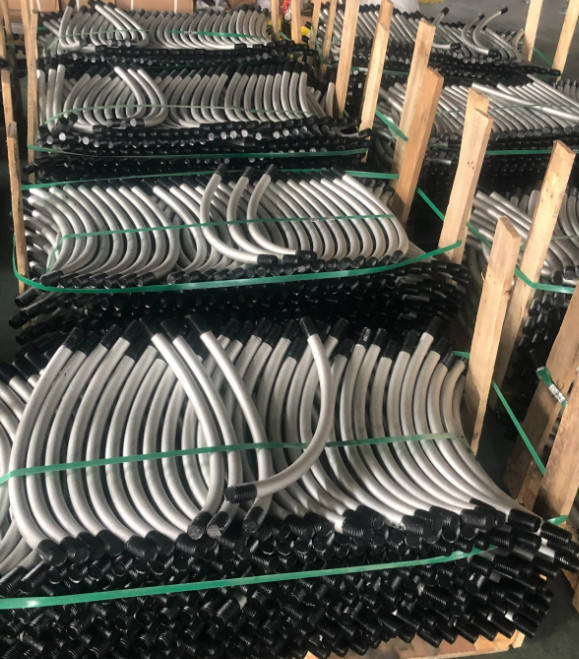The Development of Railway Rail Joints
Rail joints connect two adjacent (end to end) rails. Starting in the 1810s, 45°or 60°miter joints were used. Then, as an improvement, scarf joints were developed; the two rail ends were notched and bolted together. Splice joints were invented in the United States around 1830 and led to the development of angled joint bars in the 1850s. Angled joint bar design spread quickly, was adopted worldwide, and became the standard that has endured to the present.
Rail joints connect two adjacent (end to end) rails. Starting in the 1810s, 45°or 60°miter joints were used. Then, as an improvement, scarf joints were developed; the two rail ends were notched and bolted together. Splice joints were invented in the United States around 1830 and led to the development of angled joint bars in the 1850s. Angled joint bar design spread quickly, was adopted worldwide, and became the standard that has endured to the present.
Early joint bars were designed to match the profile of the rail section perfectly in a conformal manner. However, with the development of materials and manufacturing technologies in the early 20th century, bolted joint bars gradually became thinner at the bolt hole area around the neutral axis to save material but this modification did not significantly decrease the moment of inertia and bending strength of the joint bars. In contrast, insulated joints have retained a thick bar design that conforms to the geometry of the rail section since the 1870s.
During the 1920s, most joint bars were 20 to 48 in. (50.8 to 121.9 cm) long. Four bolts were used for joint bars 20 to 30 in. (50.8 to 76.2 cm) long, six bolts were used for joint bars 36 to 40 in. (91.4 to 101.6 cm) long, and eight bolts were used for joint bars more than 40 in. (101.6 cm) long. The joint bars longer than 36 in. (91.4 cm) became less popular over the years and were deemed unnecessary for typical loading conditions. Currently, the most common joint bars are 24 in. (61.0 cm) or 36 in. (91.4 cm) long.
With the development of continuously welded rail, the number of in-service bolted joints has been reduced significantly; rail joint research also has decreased as a result. However, many bolted joints remain in rail transit systems, especially legacy systems. Because of the unique loading environment in rail transit systems—high-frequency, high-repetition (i.e., number of load replications) wheel loads, heavier than previously seen—defects associated with bolted rail joints still present significant challenges.
In May 2013, a Metro-North passenger train derailed and at least 65 persons were injured. The National Transportation Safety Board determined that the probable cause of the derailment was an undetected broken pair of compromise joint bars.
In July 2013 in Brétigny-sur-Orge, France, a train derailed and collided with a station platform, causing seven fatalities and more than 200 injuries. This derailment also was caused by a rail joint bar failure. To mitigate defects in bolted rail joints, including broken bolts and cracks in the joint bar, bolt holes, and upper fillet of the rail, recent research efforts have focused on understanding stress distribution, crack initiation, and crack propagation in bolted rail joints.



